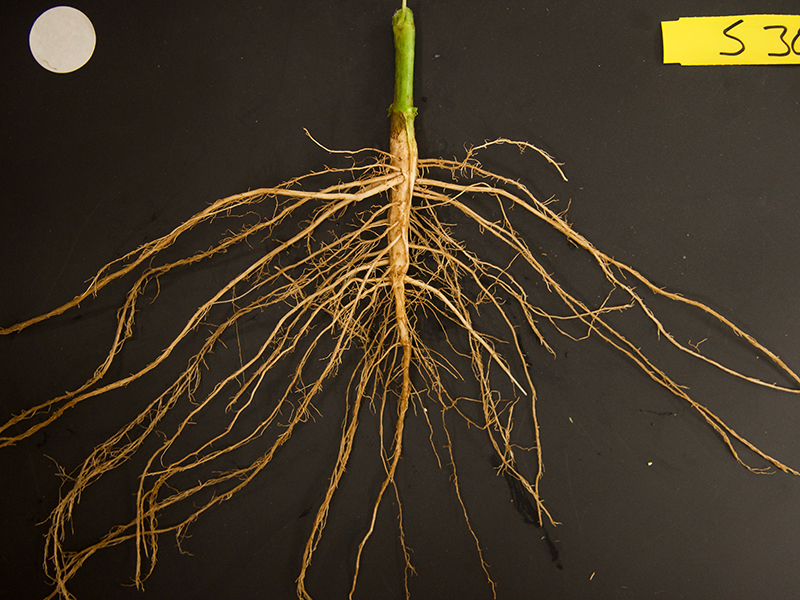Science News
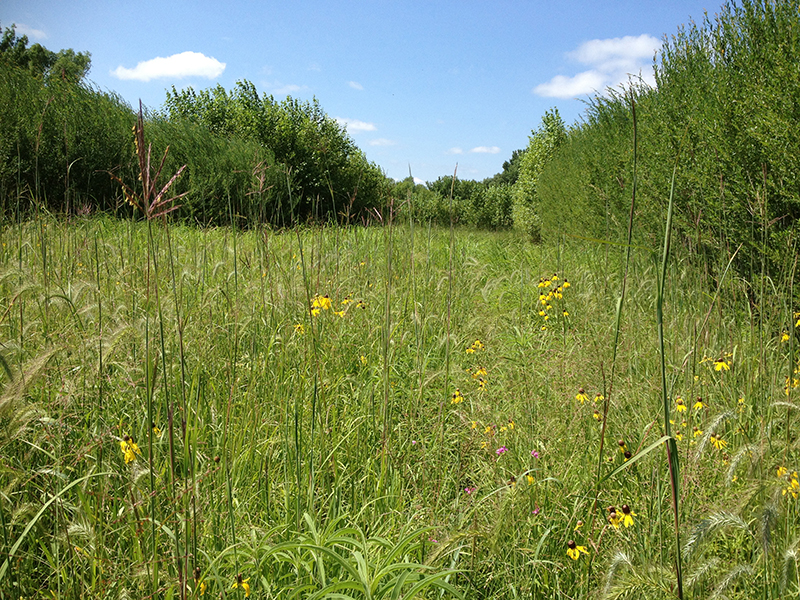
Seeing trees living alongside other vegetation is normal in nature but not something often seen in farming. However, some researchers see benefits in planting crops in between rows of trees in a practice called “alley cropping.”
The more mature, stable trees can have many benefits for the landscape. They can help fight climate change and the effects of extreme weather, as well as provide protection against processes like erosion.
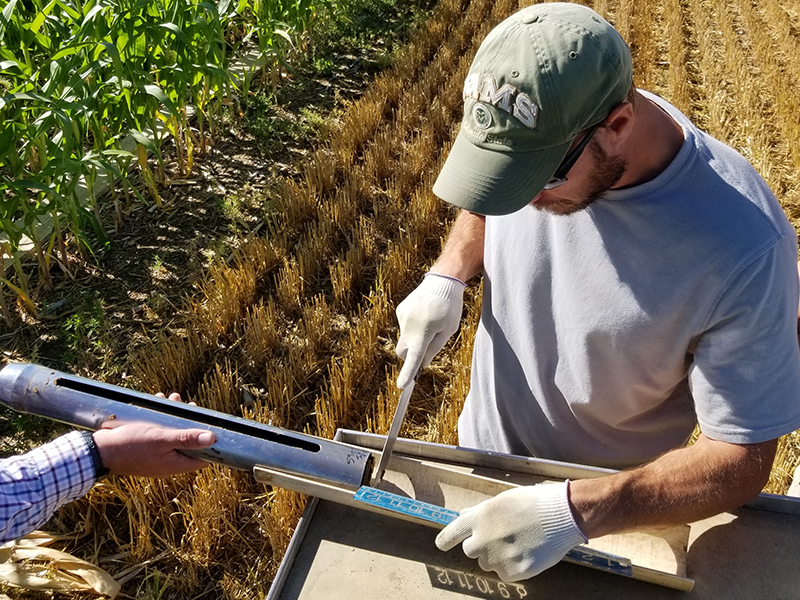
Farmers can use a variety of practices to keep their soils healthy. Some of these practices include not tilling the land, planting cover crops between growing seasons and rotating the type of crop grown on each field.
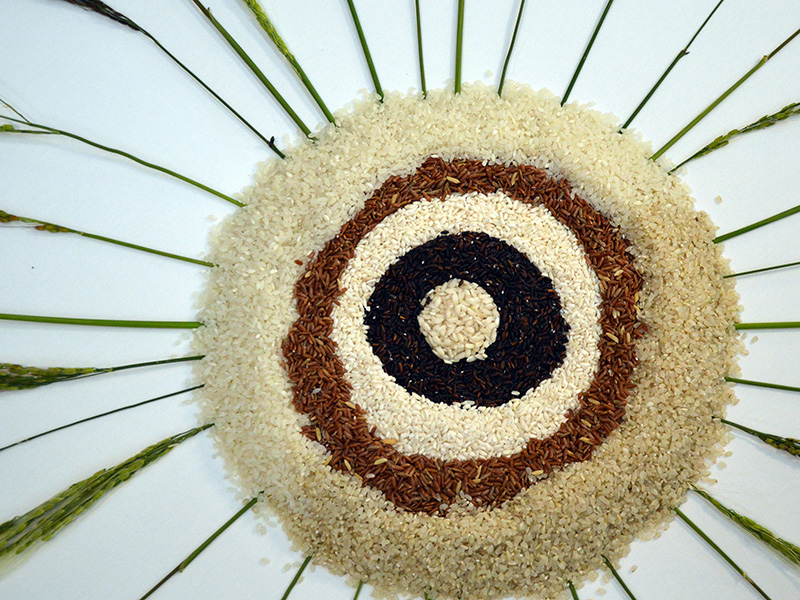
Rice is one of the most important global cereal crops. More than half of the world’s population depend on rice as their primary source of energy from food.

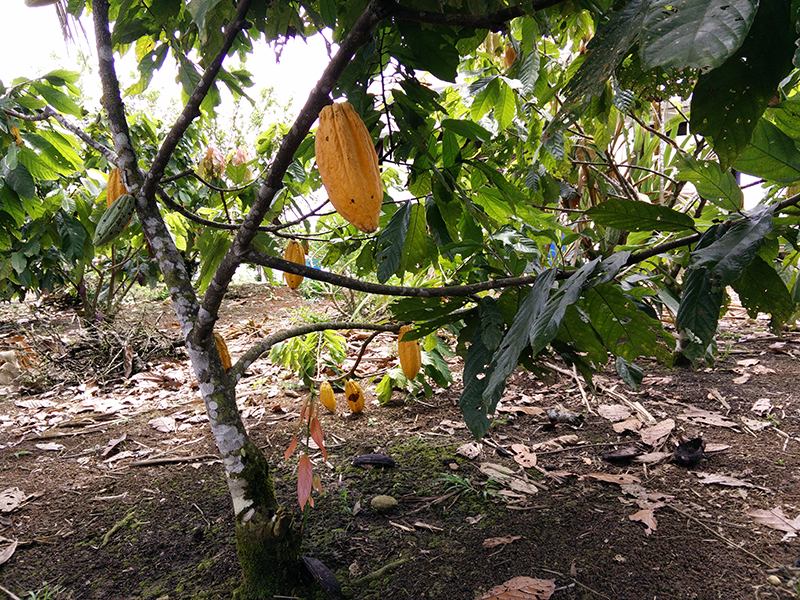
Chocolate is almost universally adored. But few know the complicated process of how cacao beans become chocolate. Did you know cacao tree farming is done mostly by small-scale low-income farmers in Latin America, particularly in countries like Ecuador?
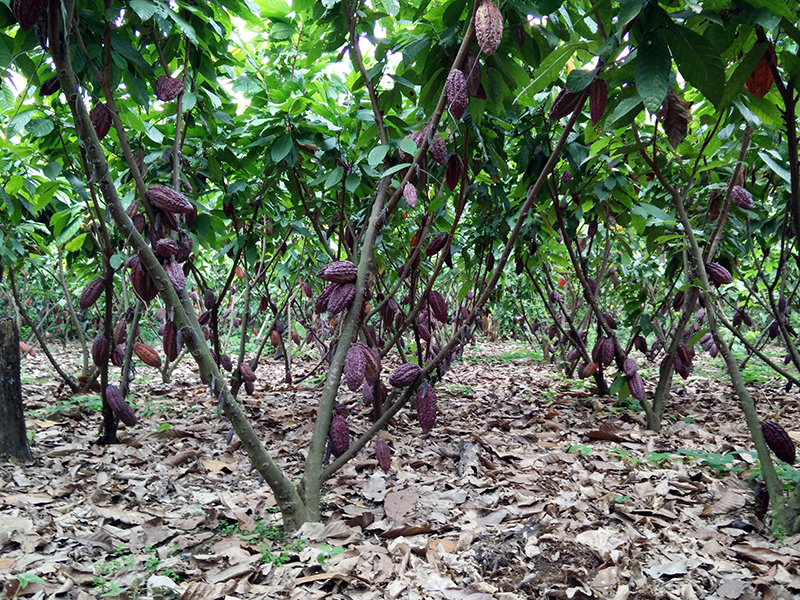
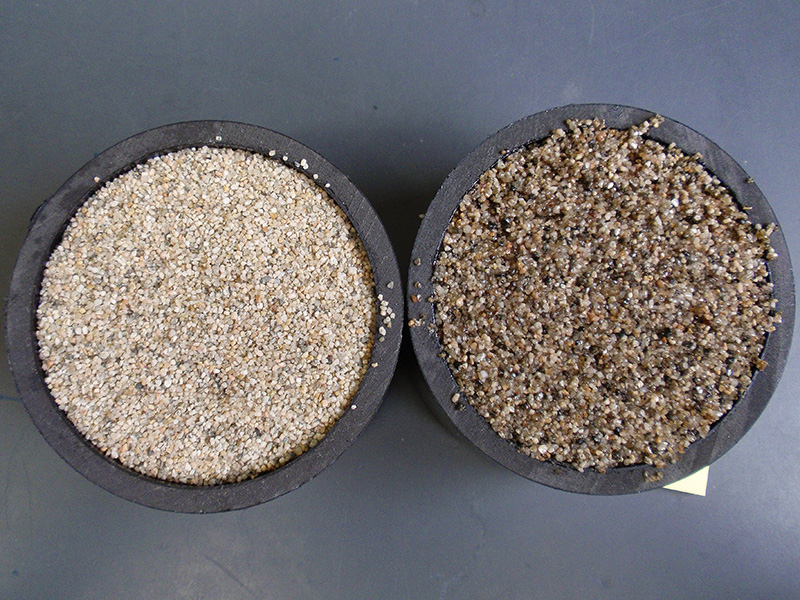
Farmers often need to regulate soil temperature, reduce weeds, and minimize water loss. Agricultural mulch can help farmers do so.
But the plastic in commonly used agricultural mulch can degrade soil and water quality. Microplastics can even enter the food chain.
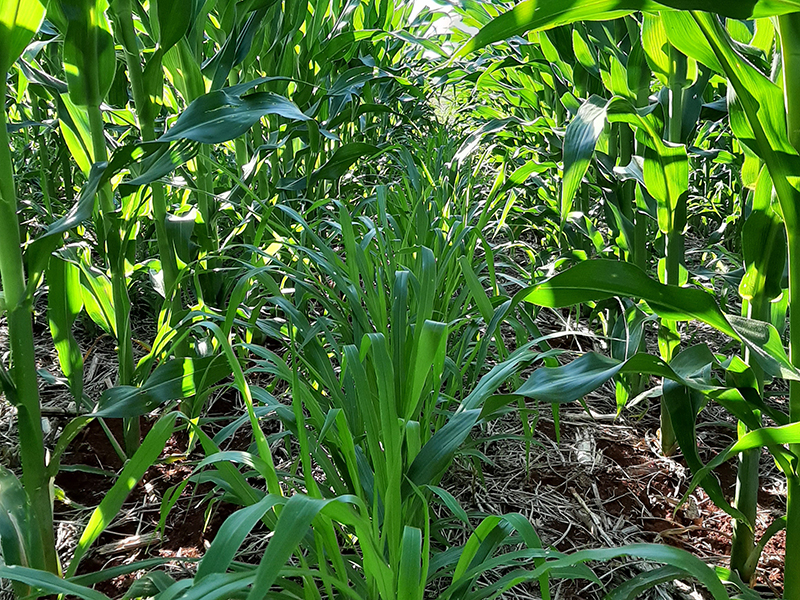
The old adage “variety is the spice of life” can also be true on the farm. Planting the same crop over and over, year after year, can quickly deplete the soil of valuable nutrients. The crops eventually won’t produce as much, and the farmer will lose profits.
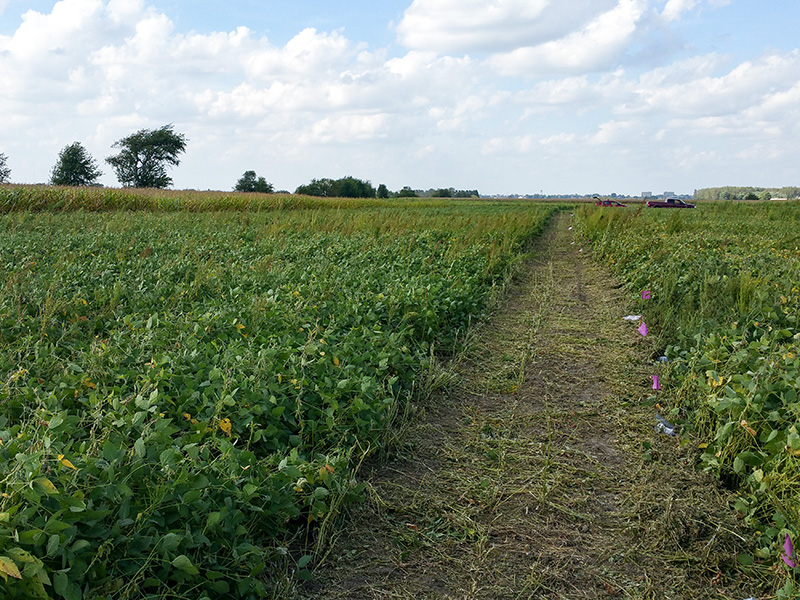
Farmers around the world are keen to protect their most important asset: their soil. The soil supports and enriches their crops. But the relatively thin layer of topsoil can readily wash away into streams, carrying unwanted nutrients with it.
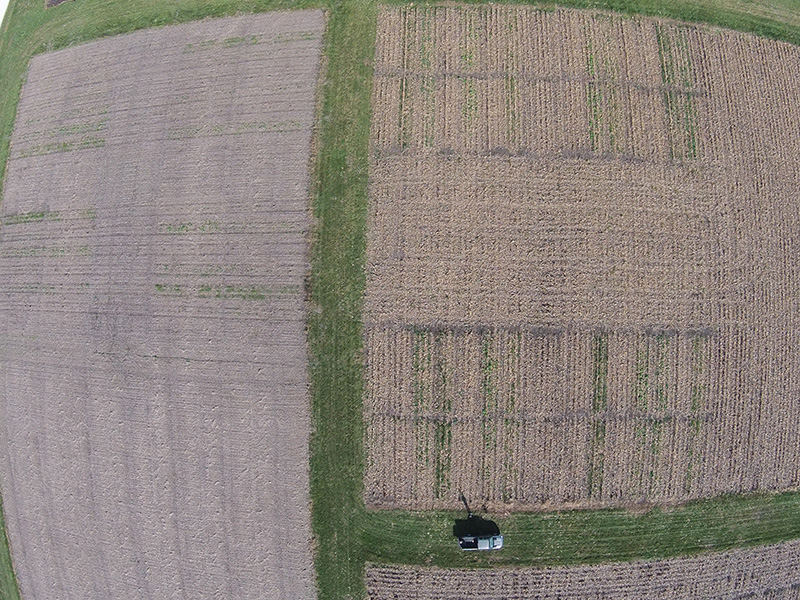
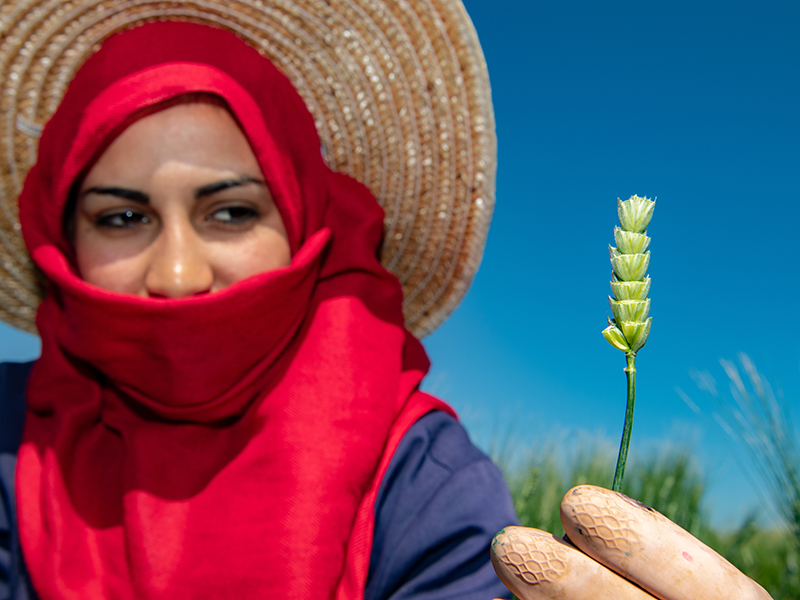
Earth is getting hotter. Huge amounts of greenhouse gases are warming the planet and altering the climate. Heat waves are harsher. Droughts are longer. And some diseases and pests are stronger than ever.
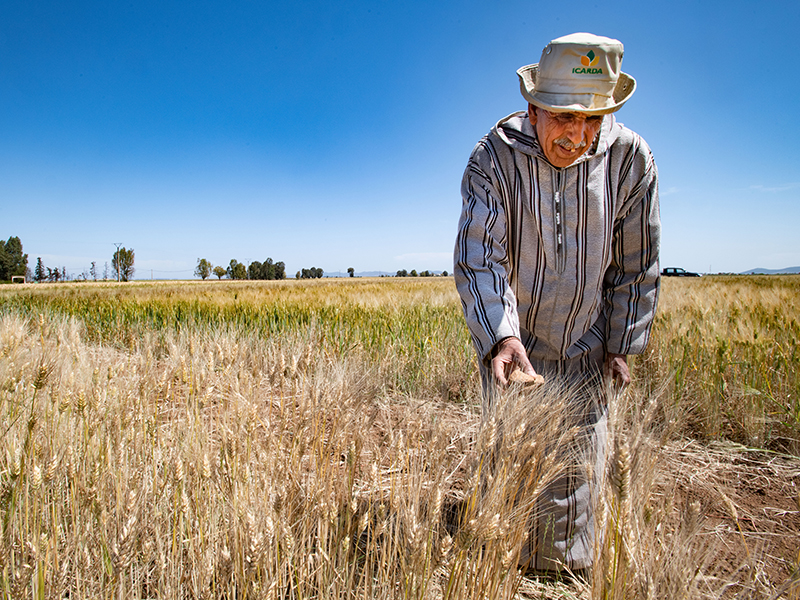
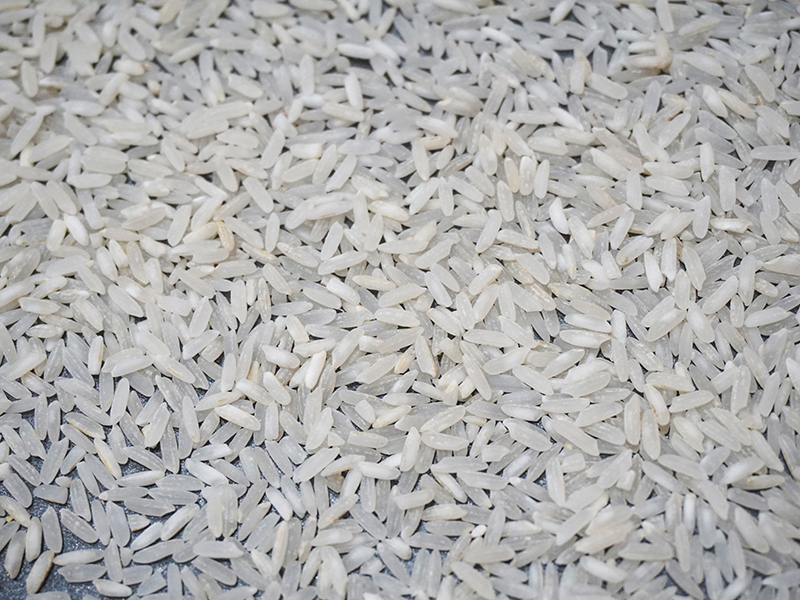
Rice is the most consumed staple food in the world. It is especially common in Asia, where hunger concerns are prevalent.

Rice is classified as an annual plant, which means it completes its life cycle within one growing season then dies. However, in some tropical areas, rice can continue to grow year after year when taken care of properly.

